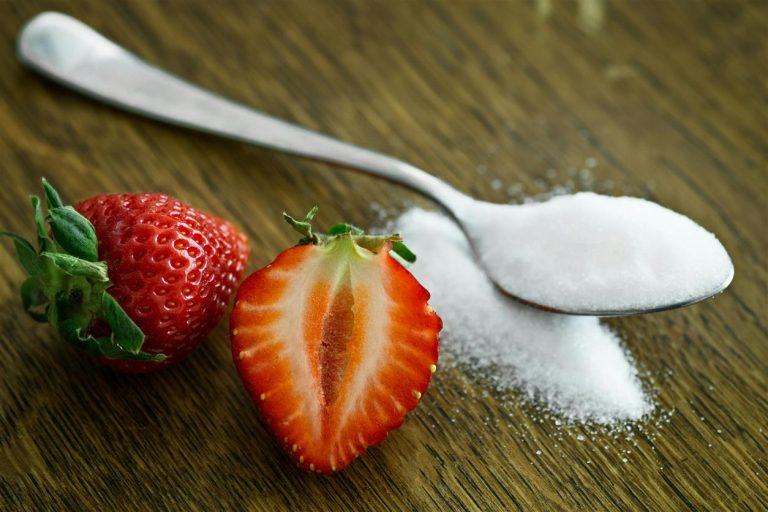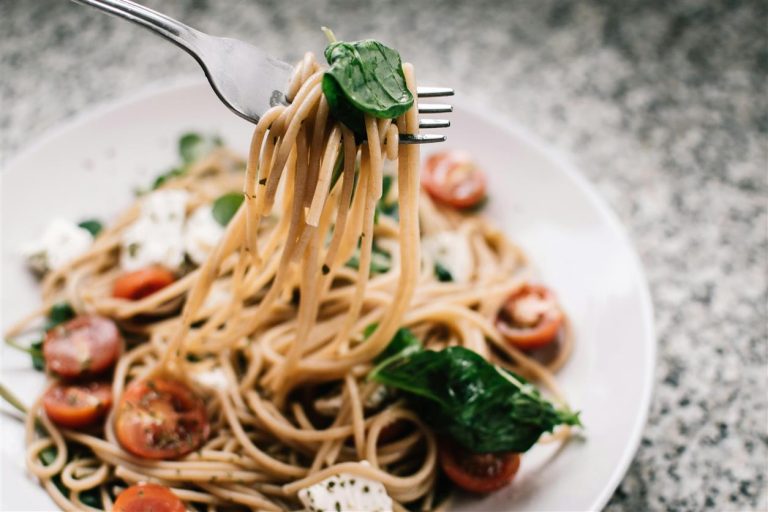
In recent years, kitchen culture has undergone a quiet transformation. From home cooks to Michelin-starred chefs, more people are rethinking how food is prepared, stored, and discarded. At the heart of this movement is a simple yet ambitious idea: nothing goes to waste. This is the philosophy behind the rise of zero-waste kitchens—a trend reshaping how we approach food, consumption, and responsibility.
What Is a Zero-Waste Kitchen?
A zero-waste kitchen aims to eliminate as much food and packaging waste as possible. This doesn’t mean creating no waste at all, but rather designing systems where waste is drastically reduced, reused, or repurposed in meaningful ways.
This shift touches every part of the cooking process—from shopping and meal planning to composting and storage. It often involves using every part of an ingredient, opting for bulk or package-free goods, and repurposing leftovers instead of tossing them. It’s as much about mindset as it is about method.
What started as a niche movement driven by environmentally conscious households has now spread to restaurants, schools, and culinary schools, many of which are beginning to build zero-waste principles into their operations.

Why Now?
Several forces have pushed this trend forward.
Food Waste Awareness
Globally, around one-third of all food produced goes uneaten, even as millions face food insecurity. In the U.S. alone, roughly 30–40% of the food supply is wasted each year. As awareness of this imbalance grows, so does interest in changing it—starting with the kitchen.
Rising Costs
With inflation pushing grocery prices higher in many regions, reducing waste is not just an environmental concern—it’s also a financial one. Using up every bit of an ingredient and finding creative ways to stretch meals is now a matter of economy as much as principle.
Cultural Shifts
There’s a growing cultural appreciation for cooking with purpose. Younger generations, in particular, are embracing habits like meal prep, batch cooking, and fermentation. These practices often align naturally with zero-waste goals.
Restaurants Leading the Way
Notable chefs and restaurants have become champions of the zero-waste approach. Institutions like Silo in London and Amass in Copenhagen have shown that a fine-dining experience doesn’t need to come with a trail of trash. Their influence has trickled down, encouraging others in the culinary world to rethink traditional norms.
Inside a Zero-Waste Kitchen
What does it actually look like in practice? A zero-waste kitchen isn’t just about composting carrot peels. It’s a series of choices, many small, that add up to a significant shift.
Shopping Smart
The process often begins at the store or market. Bulk bins, reusable produce bags, and local farmers’ markets reduce reliance on plastic packaging. Planning meals in advance helps prevent overbuying. Some households even follow the “root-to-leaf” or “nose-to-tail” philosophy—buying only what can be used entirely.
Maximizing Ingredients
In a zero-waste kitchen, scraps become stars. Broccoli stems get shaved into slaws. Parmesan rinds simmer in broth. Citrus peels are dried for tea or candied for dessert. Leftover coffee grounds are turned into scrubs or garden compost. What once headed for the bin is now reconsidered for its next use.
Creative Cooking
It’s not just about stretching ingredients—it’s about reshaping habits. Cooks are learning to improvise more, replacing missing ingredients with what’s on hand. “Fridge-clean-out” soups, frittatas, or grain bowls have become regular staples.
Composting
Even in urban environments, composting is becoming more accessible. Community gardens, local pickup services, or small in-home compost systems help divert organic waste from landfills, where it would otherwise generate harmful methane emissions.
Smart Storage
Reducing waste also means keeping food fresh longer. That means more glass containers, beeswax wraps, and a better understanding of how to store produce. Knowing that apples can keep potatoes from sprouting, or that herbs last longer in a jar of water, makes a difference.
Challenges and Misconceptions
Zero-waste kitchens are inspiring—but they’re not without hurdles.
Time and Effort
Creating a no-waste routine takes time and planning. For busy households, the extra steps of organizing compost or making broth from scraps can feel burdensome. Convenience still drives most food choices, and zero-waste cooking doesn’t always fit neatly into modern routines.
Cost Perception
Some associate zero-waste cooking with expensive niche products—glass containers, specialty shops, or organic-only shopping. But at its core, the philosophy is about making the most of what you already have.
Perfectionism
Many give up on zero-waste ideals because they can’t achieve perfection. But the goal isn’t zero in the literal sense—it’s progress. Reducing food waste by even 20–30% in a household can have meaningful impact, both environmentally and financially.

Moving Forward
The future of the zero-waste kitchen may rest on accessibility. As more communities embrace food-sharing platforms, urban composting programs, and local bulk options, the lifestyle becomes less exclusive and more attainable.
There’s also growing interest from tech startups. Apps now help track food expiry, suggest recipes based on what’s in your fridge, or connect surplus ingredients with neighbors or shelters. These digital tools can bridge the gap between idealism and practicality.
In schools and culinary institutions, educators are emphasizing waste-aware cooking. By training future chefs and cooks with these values, the next generation may normalize practices that once seemed radical.
More Than a Trend
The zero-waste kitchen isn’t just a reaction to climate anxiety or economic pressure. It reflects a deeper shift in how we view food—not as a disposable commodity, but as something worth respecting and savoring.
This movement may not end all waste, but it offers a powerful reminder: small changes in how we cook and eat can ripple out into something much bigger. And perhaps, more importantly, it turns the kitchen from a site of consumption into one of thoughtful creation.






